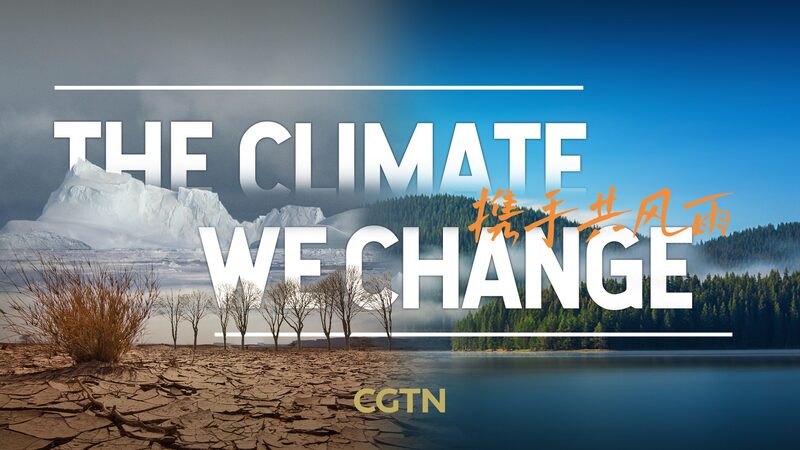G7's Climate Push Faces Reality Check
The G7's latest climate strategy sparks both hope and skepticism, as experts highlight gaps between bold targets and global realities. While the plan reaffirms COP28 goals and pushes nuclear energy as a decarbonization tool, critics note renewable expansion timelines clash with persistent reliance on LNG and coal.
🌱 Renewables Race: China's renewable capacity already dwarfs G7 nations – it installed 5x more than the U.S. in 2023. By 2030, emerging economies like India and Brazil aim to dominate clean energy markets, leaving little room for delayed action.
💡 Critical Minerals Crunch: With China controlling 80% of rare earth production, G7's supply chain 'de-risking' plans face a ticking clock. Europe imports 98% of these materials from China, complicating green tech ambitions.
🔥 Coal Conundrum: Phasing out coal by 2035 sounds noble, but with China and India accounting for 70% of global coal power, G7 action risks being symbolic without global buy-in. As one analyst puts it: 'Replacing coal with LNG just swaps one climate threat for another.'
🤝 Collaboration or Competition? The report urges multilateral solutions, but geopolitical tensions cast doubt. Can rivals like China and G7 nations align on climate KPIs and resource sharing? The EU's push for standardized green trade rules might hold the key.
Reference(s):
G7's climate strategy: Multilateralism is the only way forward
cgtn.com





